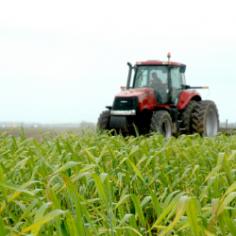0 repins 0 comments 0 likes
-
- Categories
- Other
- Fruits Farming
- Vegetable Farming
- Livestock Farming
- Rice / Wheat
- Beans Farming
- Nuts Farming
- Farming News
- Stone Fruits
- Fish Farming
- Poultry Farming
- Farming Equipment
- Farm Products
- Vineyard / Winery
- Food & Drink
- Event
- Restaurants
- Art & Design
- Enjoyment
- For Home
- Decoration
- Business Services
- Great Ideas
- Fashion
- Beauty & Health
- New
- Popular
- Gifts
- Videos
- Help / Contact Us
- Terms & Privacy
- What is FarmTerest


